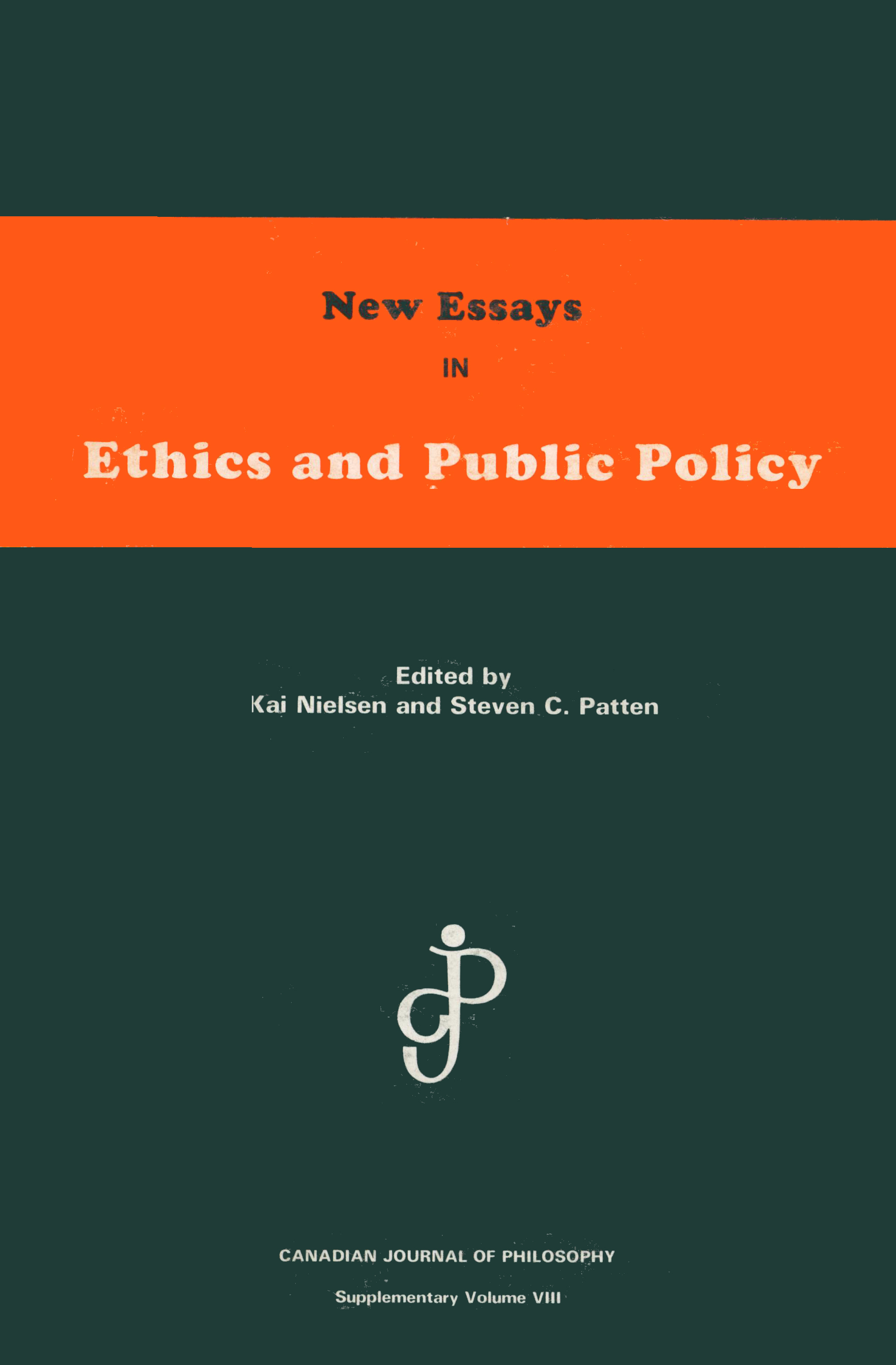No CrossRef data available.
Article contents
How Ethnic Enmities End*
Published online by Cambridge University Press: 01 January 2020
Extract
This essay will discuss the feelings and behaviour of presumably oppressed ethnic, national, and religious minorities. I will set aside definitions of ‘ethnic’ and ‘national’ for the moment, trusting that their meaning will become clear as the argument proceeds. The literature on this topic is, of course, enormous. I once pressed the button for ‘nationalism’ on Widener's new computer catalogue and got back the answer that there were some four thousand items on this topic in Widener's holdings. That response brought to mind a remark of Anton Chekhov, who was trained as a doctor. He said that if a disease has many cures, that is a sign that the disease is incurable. Perhaps we should transfer this little gem of wisdom to the social sciences and history. If there are many books about a problem, that is a sign that the problem is insoluble.
- Type
- PART 1: Methodological Turnings
- Information
- Canadian Journal of Philosophy Supplementary Volume , Volume 22: Rethinnking Nationalism , 1996 , pp. 109 - 132
- Copyright
- Copyright © The Authors 1996
References
1 Anyone seeking a brief critical selection from this daunting mass should consult the excellent pioneering effort at generalization, Hobsbawn, E.J., Nations and Nationalism since 1780: Programme, Myth, Reality (Cambridge University Press 1990), Introduction, pp. 1–13Google Scholar.
2 Grundmann, Herbert, Religiöse Bewegungen im Mittelalter (Hildesheim 1961), 10–11Google Scholar
3 Strayer, Joseph R., The Albigensian Crusades (University of Michigan Press 1971; epilogue 1992), 162Google Scholar
4 Grundmann, , Religiöse Bewegungen, 39Google Scholar
5 Grundmann, , Religiöse Bewegungen, 16, 17, 21, 24Google Scholar
6 Grundmann, , Religiöse Bewegungen, 28Google Scholar
7 Lansing, in Strayer, , Albigensian Crusades, 211Google Scholar
8 Strayer, , Albigensian Crusades, 75Google Scholar. Chronology of French events taken from Langer, William L., An Encyclapaedia of World History, rev. ed. (Cambridge, MA: 1952), 229-30Google Scholar.
9 Lea, Henry Charles, A History of the Inquisition in the Middle Ages (New York and London: 1922), I, 305-8Google Scholar. Copyrighted in 1887, Lea's book is a great treasury of nineteenth-century historical writing. It is full of interesting details from primary sources on all the topics discussed in the present essay. The frequent and widespread popular clamor for burning heretics promptly, that Lea reports, reveals the emotional climate of the times.
10 Strayer, , Albigensian Crusades, 146-7Google Scholar
11 Lea, , History of the Inquisition, I, 385Google Scholar
12 Ladurie, Emmanual Le Roy, Montaillou: village occitan de 1294 à 1324 (rev. ed.: Paris, 1982)Google Scholar. Originally published 1975. English translation by Bray, Barbara, Montaillou: The Promised Land of Error (Vintage Books 1979)Google Scholar. I have used the English version since it is much more accessible. A note on the verso of the title page of the French revised edition reports that the revisions concern references to the Latin text of the major source. I doubt very much that such revisions would affect conclusions I have drawn from the English text.
13 Ladurie, Montaillou, ix
14 Ladurie, , Montaillou, 13, 27Google Scholar
15 Ladurie, , Montaillou, 92Google Scholar
16 Ladurie, , Montaillou, 28Google Scholar
17 Ladurie, , Montaillou, 55–58Google Scholar
18 Ladurie, , Montaillou, 20–23Google Scholar
19 Ladurie, , Montaillou, 331Google Scholar
20 Strayer, , Albigensian Crusades, 159-60Google Scholar
21 Ladurie, , Montaillou, 30Google Scholar
22 Ladurie, , Montaillou, 63-64, 66Google Scholar
23 For general interpretations of the end of Catharism in southern France and elsewhere see the collection of articles, Effacement du Catharisme? (XXIe-XIVe S.), Cahiers de Fanjeaux: Collection d'Histoire religieuse du Languedoc au XIIIe et au debut du XIVe siècle, No. 20 (Toulouse: 1985). The article by Jean-Louis Biget, “L'extinction du catharisme urbain …”, pp. 305-40, argues that repression by the Inquisition was a relatively minor factor. The statistics behind this part of the argument seem dubious to me. He is much more persuasive in holding that what I call later the ‘competing attractions’ of a modified Catholic orthodoxy — bigger job openings and effective techniques for controlling anxiety and guilt — very seriously undermined the appeal of Catharism. In any case the appeal never extended beyond a very small minority of the population, a discontented segment of the urban notables, whose ambitions were temporarily blocked.
24 For a differing interpretation see Horowitz, Donald L., Ethnic Groups in Conflict (Berkeley 1985), 598–680Google Scholar. This book is an almost superhuman effort to find scientific order and rational hope in a huge mass of refractory facts about ethnic conflicts, mainly in Africa, the Middle East, and Asia. The author deserves very high marks not only for industry but also freedom from positive and negative preconceptions. Yet the combination of parochialism, triviality, and cruelty described over and over again in a book of nearly 700 pages numbs the brain. One needs a Swift rather than a social scientist to do justice to this material.
25 For a crisp analysis of anti-Semitism's powerful influence in Germany from Martin Luther (d. 1546) to Hitler, see Neumann, Franz, Behemoth (Oxford University Press 1944), 108-11Google Scholar.


